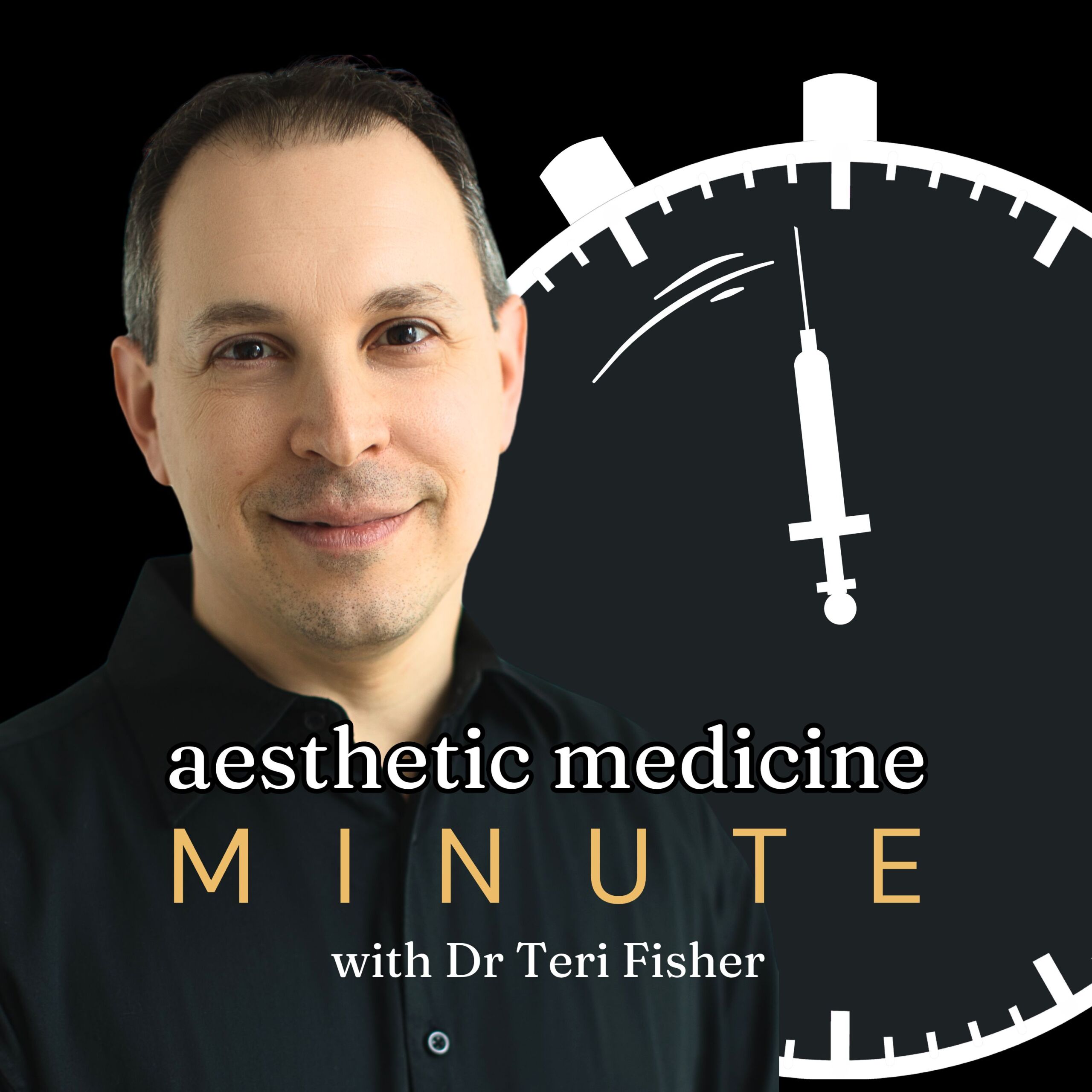
AMM 134: Sunny vs Cloudy Climates Impact Botox Effectiveness
July 10, 2024
In this episode, listeners will learn about intriguing new research exploring how climate may influence Botox treatment efficacy. Dr. Kim L. Borsky and her team discovered that patients in sunnier climates, like Malta, often require higher doses of Botox compared to those in less-sunny areas, such as London. This episode delves into the reasons behind these findings, including the potential impact of sun exposure on facial muscle development and Botox effectiveness. Ideal for aesthetic medicine enthusiasts and practitioners, this discussion highlights the importance of considering climate when planning Botox treatments.
Quick Takes
- Patients in high-sun climates like Malta may need higher doses of Botox for optimal results compared to those in less-sunny areas like London.
- Dr. Kim L. Borsky led a study at Stoke Mandeville Hospital in the UK comparing Botox injections in a sunny location (Malta) and a cloudy location (London).
- Glabellar muscles, more developed in sunny climates, may require more toxin for the same degree of paralysis, potentially affecting Botox treatment protocols based on climate.
Episode Transcript
Hey there, it’s July 10th, and I’ve got some interesting insight into how climate might impact Botox treatments. A study in the July issue of Plastic and Reconstructive Surgery reveals that patients living in high-sun climates, like Malta, may need higher doses of Botox to achieve optimal results, compared to those in less-sunny areas like London.
Dr. Kim L. Borsky, from Stoke Mandeville Hospital in the UK, led this study. They investigated Botox injections in two patient groups: one in sun-soaked Malta and another in cloudy London. Interestingly, the Malta group needed more Botox—29.2 units on average versus 27.3 units in London. They also required higher top-up doses.
What’s behind this? Well, the glabellar muscles, which we use for squinting, tend to be more developed in sunny climates. This could mean those muscles need more toxin to achieve the same degree of paralysis. There could also be other factors like temperature or direct sunlight affecting how Botox works.
Now, the difference in dosage isn’t huge and might not jack up treatment costs significantly. But it does indicate that providers might need to tweak their Botox protocols based on climate. For those of us dealing with varying sun exposure, it’s something to keep in mind when planning treatments.
So, whether you’re enjoying the sunshine or staying cool in the shade, remember that climate could play a role in your Botox results. That’s your Aesthetic Medicine Minute for today. Stay sculpted and confident!
